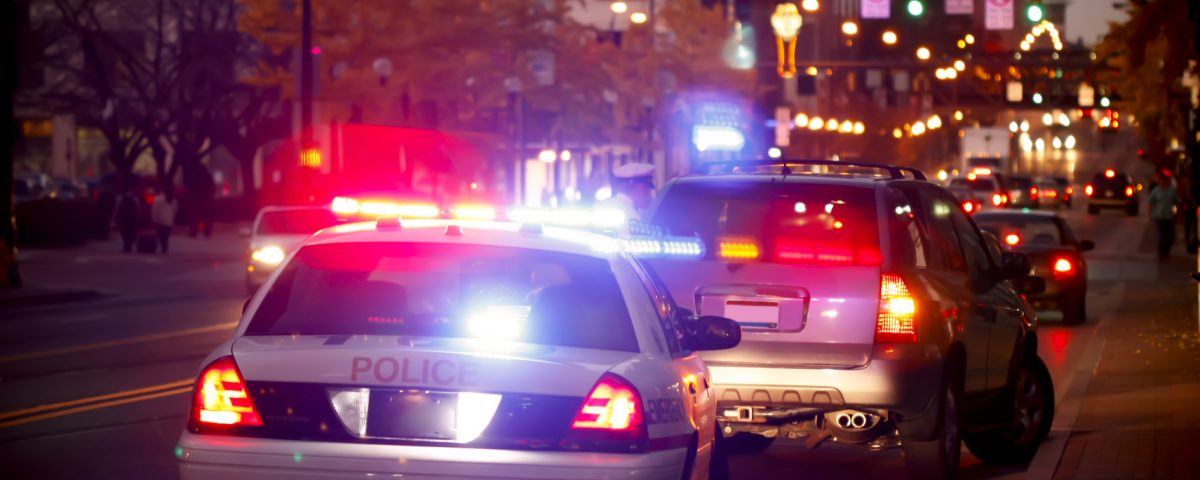- Optimum Defense Services - PO Box 4420, Pawleys Island, SC 29585
Police Firearms Training Not Effective, Study Suggests

Role of Private Military contractors in War Zones
December 4, 2016
Optimum Defense Services, Inc. Awarded USDS, Bureau Of International Narcotics & Law Enforcement Affairs Contract
December 7, 2016Police Firearms Training Not Effective, Study Suggests
A unique study conducted by the Force Science Institute suggests police recruit firearms training doesn’t make officers any more skilled in shooting than someone who has never shot a gun. While that may seem outlandish, take a look at the details.
Participants
The test subjects consisted of 195 male and 52 female recruits and students. Participants were at three different locations – two police academies and one college that offered a law enforcement preparation program. About 25% of the subjects had previously completed academy firearms training; the majority had not.
The participants were divided into three groups:
- Experts: Completed formal handgun training with police academy or military
- Intermediates: No academy training, but some personal experience in shooting (hunting, sport, military)
- Novices: Handled a gun once or twice, but large majority had never held or shot a gun
Subjects were instructed to choose a weapon – a 9mm Glock, .40-cal. S&W, or 9mm Beretta semiauto – and “quickly shoot three rounds each at a total of nine grey-silhouette targets.” The targets were staggered at different distances ranging from three to 75 feet.
Results
- Not surprisingly, the experts tallied the most hits, but the hit results were much closer than expected.
- No significant difference was noted in the percentage of hits between the experts and intermediates at most distances.
- Intermediates had a higher hit ratio at 41% than that of experts, who registered 38% against targets 18 to 45 feet away.
- Novices hit one of the major-damage zones on the target at three to 15 feet away with seven of nine bullets, while experts fared better by a marginal amount, hitting the strike zone of the target with eight of nine bullets.
- While the shooting accuracy of novices diminished quickly at long ranges, the accuracy of the experts and intermediates was nearly identical.
Hits to the head vs. body
A major difference during the study was the number of headshots taken by the subjects.
- At a three foot distance, experts used only 21% of their bullets to attempt and deliver a headshot to the target. Novices and intermediates more than doubled that ration, taking headshots 57% of the time.
- From nine feet away, experts took only 6% of their shots to the target’s head. Novices attempted 25% of their rounds from the same distance.
Change the Training
The previously trained officers and students didn’t excel during the study compared to the novices, and experts say the results suggest there’s a need to change how we train our police officers.
Block education, or long stretches of extensive material in just a few days, is proven ineffective. The majority of academies across the nation teach firearms training in four to eight hours blocks for about four days. Participants will experience short-term learning, but later show drastic deterioration of knowledge, as shown in the study.
The academy can act as an introductory course to firearms and defense, but ongoing education is essential to keep officers alert in the field. Training that includes complex, unusual, and fresh conditions will call for the officer to avoid muscle memory learning and actually develop defensive skills. Courses like tactical pistol, tactical patrol rifle, and React to Ambush, put the officer in real-life scenarios, forcing them to use survival skills and develop different ways to eliminate a threat, depending on the situation.

